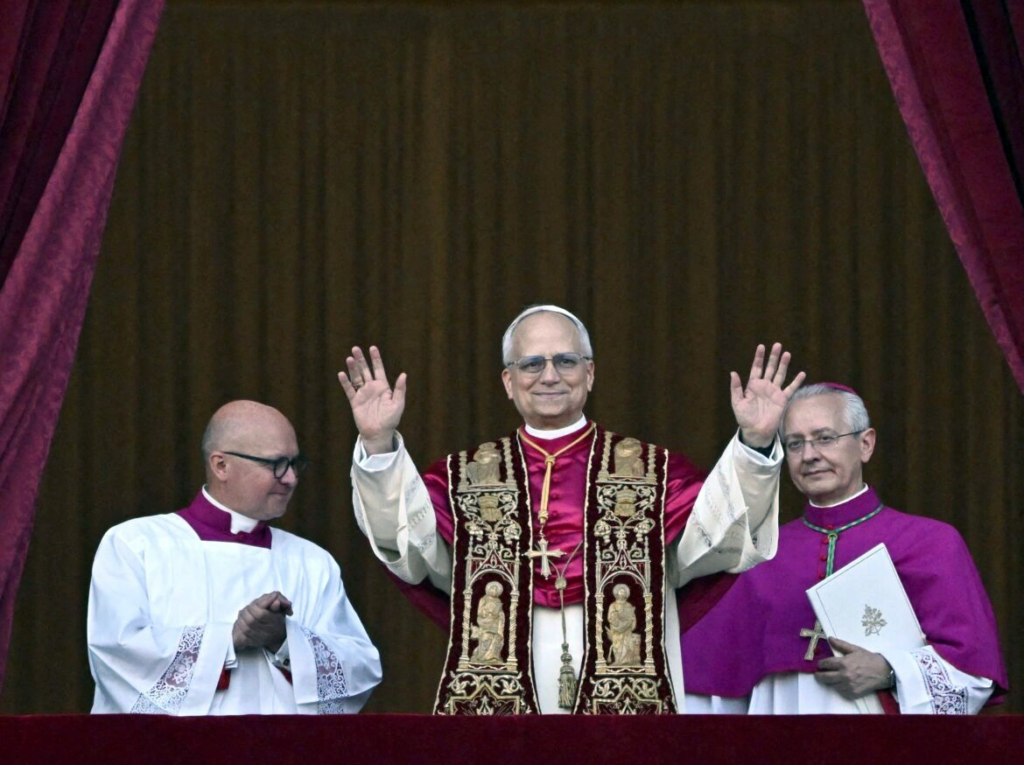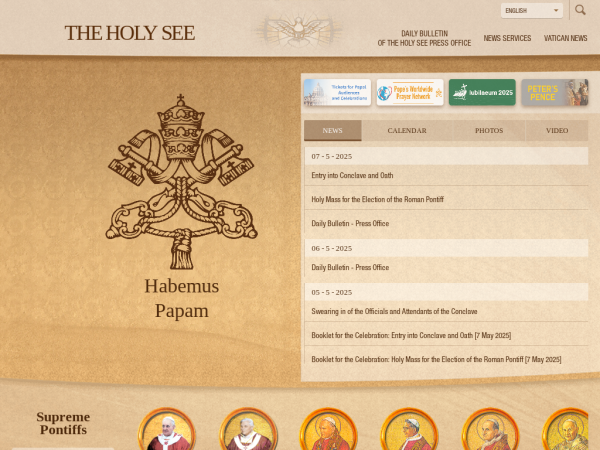 Habemus Papam! (We have a Pope). Today, Robert Francis Prevost of American became Pope Leo XIV, the 267th man to hold that office. Congratulations to Catholics around the world as they celebrate his new Pontificate.
Habemus Papam! (We have a Pope). Today, Robert Francis Prevost of American became Pope Leo XIV, the 267th man to hold that office. Congratulations to Catholics around the world as they celebrate his new Pontificate.
Now, are there any special hosting deals in .va to celebrate?
Alas, no. There are a few top-level domains around the world where you have zero chance of registering a domain, and the Vatican’s (.va) is one of them. (BTW, I checked and someone registered popeleoxiv.com within minutes of the announcement.)
Vatican City is a city-state within Rome. It’s an independent country, which sometimes surprises people. Among widely-recognized countries, it’s by far the smallest state, at only .17 square miles (109 acres, or about .44 square kilometers). That’s smaller than many shopping malls and golf courses.
I visited there in 2008. The main square, St. Peter’s Basilica, and the Vatican museum/library complex takes up nearly the entirely of the sovereign territory. There are a few gardens but it really feels like every square inch of the city is taken up with some kind of building. Including a datacenter.
 The Vatican Datacenter
The Vatican Datacenter
The Vatican Internet Service (VIS) acts as its own ISP and registrar for .va domains. It hosts web, mail, and DNS servers, as well as servers for digital archives in the Vatican Computer Center (VCC). Much of the Vatican’s work is done outside the sovereign boundaries in surrounding Rome. Indeed, while there are 800-900 Vatican passports at any given time, there are thousands of individuals who work for the Church, and most are Italian citizens living in Rome.
So while the core of the Church’s computing infrastructure is on-prem and “in country,” almost certainly there are other services that are hosted in the cloud or on systems outside Vatican City proper.
The Vatican Library employs CentOS Linux for many of its servers (click that link for more pics), as part of its long-term digital preservation initiatives. These efforts include digitizing ancient manuscripts and documents, ensuring their accessibility and safeguarding against data loss. The library’s IT infrastructure also incorporates open-source solutions like Apache Hadoop for distributed storage and Postfix for email services.
Furthermore, the library’s virtual infrastructure is managed using VMware, hosting over 100 virtual machines running a mix of Unix, GNU/Linux, and Microsoft operating systems. This setup supports various services, including digital archives, email, security systems, and RFID-based tracking of materials.
The Vatican’s commitment to open-source technologies extends beyond the library. For instance, Judith Zoebelein, who has been instrumental in developing the Vatican’s online presence since 1995, confirmed in an interview that the Vatican uses Linux for its web infrastructure.
 The Holy See Online
The Holy See Online
The .va domain came online 30 years ago in 1995. The Vatican’s official website, www.vatican.va, is hosted there, and yes, the ‘www’ is mandatory. The Vatican doesn’t do redirects! This is sort of keeping with the general vibe of the site. While it’s a trove of papal documents, church news, and other information, it’s also a rather 1990s web design.
This shouldn’t really be surprising. Depending on your view of church history, you’re dealing with an organization that dates back 1500-2000 years, and tends to move slowly.
Pope Benedict XVI (reined 2005-2013) was the first Pope to tweet, back when Twitter was still called Twitter. On December 12, 2012, he posted from the handle @Pontifex:
“Dear friends, I am pleased to get in touch with you through Twitter. Thank you for your generous response. I bless all of you from my heart.”
The account has since been used by his successor, Pope Francis, who tweeted in multiple languages to tens of millions of followers.
For an institution that’s been around since the days of the Roman emperors, the Vatican has shown remarkable adaptability to information technology. The new Pope will likely continue and even expand this presence, given the changing world and his desire to communicate with the faithful effectively.

 The Vatican Datacenter
The Vatican Datacenter The Holy See Online
The Holy See Online





















Leave a Reply